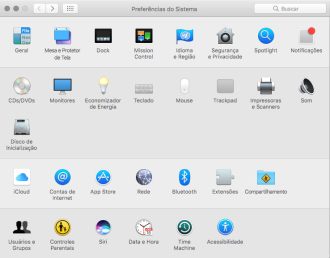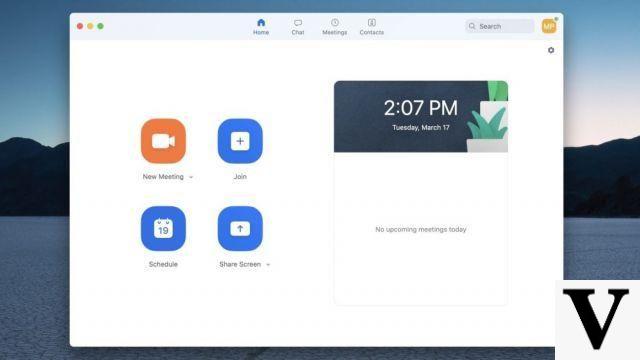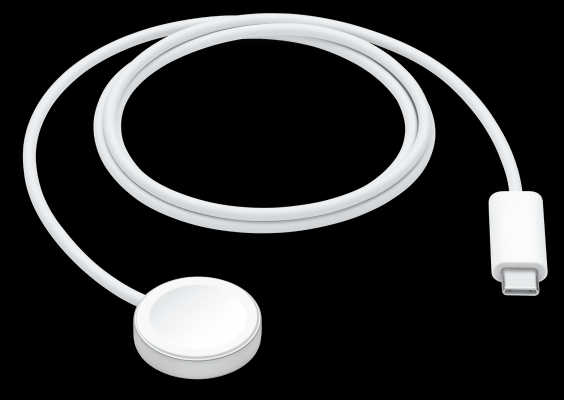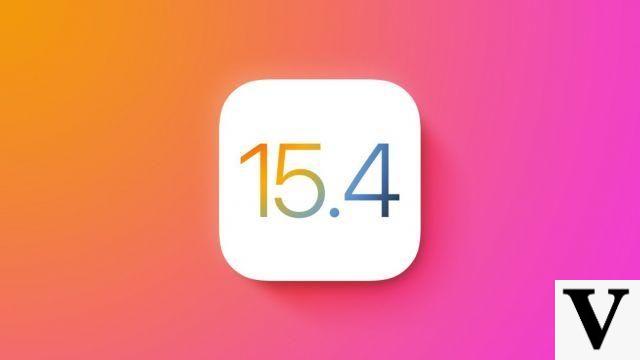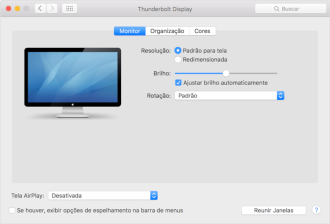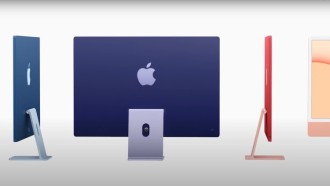
If you don't use macOS keyboard shortcuts, you don't understand why so many people love Apple's operating system. Thanks to Apple's hardware and software integration, you'll rarely need to touch your device's mouse or trackpad to do anything.
MacOS has many shortcuts, but there are a few that everyone should know about. In addition to the corresponding Windows shortcuts like ⌘ + A to select all or ⌘ + F to open the Find prompt, there are shortcuts you might not be familiar with if you're new to macOS.
The "⌘" symbol is the command key for all shortcuts listed. It works like the Control key in Windows, but it's in a more accessible location and usually on both sides of the spacebar.
You can also create your own shortcuts by going to System Preferences > Keyboard > Shortcuts and choosing from the options on the left.
Most Important macOS Keyboard Shortcuts
Sure, most macOS users know that Command-C means copy and Command-V means paste, but there are a number of other handy shortcuts that make the user's life a lot easier.
1. Open Spotlight
⌘ + Spacebar: this is probably the most useful shortcut of all. Whenever you want to find a file, application or something else on your Mac, just use this shortcut and type the name of what you want to find in the prompt that appears. The results are instantaneous. Spotlight will also search for things like iMessages, bookmarks, and the full text of files on your hard drive. It's also a quick way to find and open apps you don't keep in your dock.
2. Immediately exit any application
⌘ + Q: Use this key combination to close any application immediately. This command doesn't just minimize the app (as sometimes happens when you press the red "X" button at the top of any Mac app) - it shuts it down completely.
3. Take screenshots or record the screen
There are several ways to take a screenshot on a Mac.
Sh + Shift + 3: Screenshot of the entire visible window.
Sh + Shift + 4: Capture a specific area of the screen with the help of a rectangular cropping tool. This type of capture is great for sharing images or snippets of text on social media.
Sh + Shift + 5: Since macOS Mojave, Apple has made it easy to see all your screenshot tools at once with this shortcut. You will see a toolbar that offers options to capture the entire screen or capture a specific window, capture a specific part of a window. You can also use it to capture the entire screen or a part of it and choose where to save the image or video file. (Screenshots are saved to the desktop by default.)
4. Hide apps instantly
H + H: If you're seeing something you don't want your boss or someone else to see, use this shortcut, and the active open window will disappear. To start using the app again, press the app icon in the dock.
You can also do this in all open applications by pressing ⌘ + Option and pressing your mouse anywhere on the desktop that is visible. All apps will be hidden. It's a great way to organize your desktop.
If you simply want to minimize an app, press ⌘ + M, but the preview will still appear on the right side of your dock.
5. Quickly switch between active applications
⌘ + Tab: Clicking ⌘ and the Tab key at the same time will open the App Switcher, which allows you to easily switch between all active apps by tapping Tab, until you reach the one you want.
6. Switch between different windows in an application
⌘ + ~: This shortcut makes searching much easier. It allows you to easily switch between the two (or more) open documents.
7. Quickly access the search/address bar in Safari
⌘ + L: Using your mouse to activate Safari's search bar wastes time. Press this shortcut while using Safari, and the cursor will go to the search bar, where you can enter a search term or URL. This shortcut also works in Google Chrome.
Safari also has other great keyboard shortcuts:
- T + T open a new tab
- ⌘ + Z reopens the last tab you (possibly accidentally) closed.
- ⌘ + Shift + T reopens an accidentally closed tab in Chrome or Opera.
8. Force quit an application
⌘ + Option + Q: If an app is locked (and ⌘ + Q is not working), use this shortcut to force quit the app.
You can also choose multiple apps to force quit by pressing ⌘ + Option + Esc, equivalent to Control-Alt + Delete in Windows. Instead of Task Manager, you'll see a window that says Force quit apps and you can choose which app you want to close from there.
9. Immediately lock your Mac
⌘ + Option + P: If you are on your way out and you don't want anyone to snoop on your Mac, press this shortcut, and your Mac will immediately enter the lock screen. It's much faster than using the menu bar.
10. Use Quick Look to preview files
File + Spacebar: If you want to see a file without having to open it, select the file in a Finder folder and press the spacebar. (This also works with files on the desktop.) A full-page preview will appear, also with tagging options. This works for everything from images and PDFs to Microsoft Excel files.
You can also select multiple files for viewing at once by holding down the Command key while selecting them and then pressing ⌘ + Y . (⌘ + Y also works for single files, but in this case it's less convenient). Once this window is open, you can navigate between files with the arrow keys in the upper left corner.







